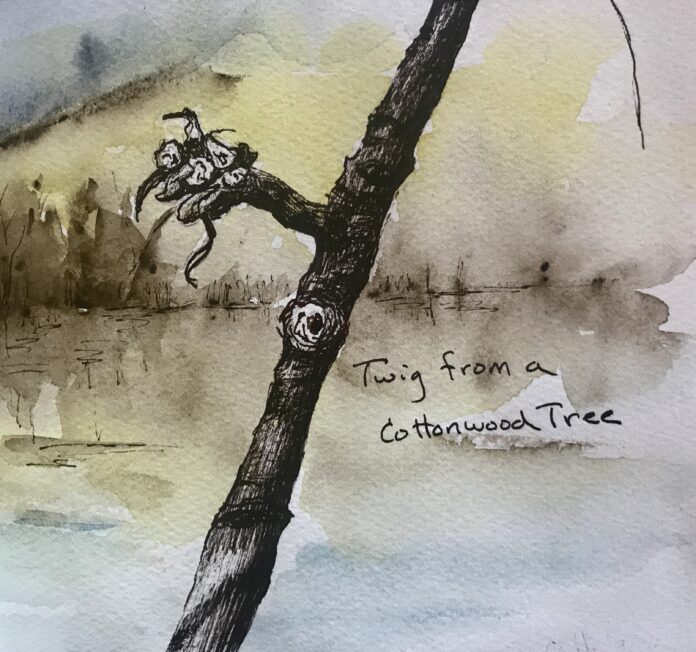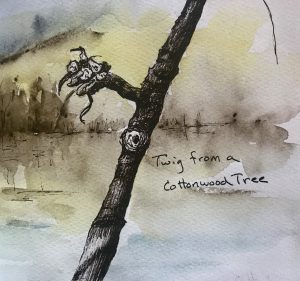
BY LESLIE REGO

Cabinets of curiosities came into style in the 1600s. They were small collections of odd and unusual objects that generally related to the natural world. Bizarre and freakish specimens might be collected as well as unfamiliar items. Since most people in this time period rarely traveled, the cabinet (describing a room and not a piece of furniture) told unique stories of exotic lands seldom experienced in daily life. Another term used for these marvel-filled chambers was “wonder room.” Many of these wonder rooms were the beginnings of some of the amazing museum collections we have today. The British Museum owes its genesis to Hans Sloane (1660-1753), a naturalist and collector who bequeathed 71,000 items to the British nation!
I have my own “cabinet of curiosities” that I have collected throughout the years. It does not contain bizarre items but, rather, natural objects that I find particularly beautiful, curious, or arresting. I might place a sliver of wood, which has a lovely design, a pine cone, a pebble, anything that catches my eye as I meander through the natural world. These gems give me great pleasure and I enjoy my quiet sketching time as I familiarize myself with their shapes.
I like to collect withered leaves, both the male and female catkins of the alder tree, or winter twigs. I search for a story within the wrinkles, cracks, and twists of the objects. A narration of the sunny days, the snowy days, and the rainy days unfolds before my eyes. These climactic moments are impregnated upon the object, becoming part of its memory and, through drawing, part of my memory. The longevity of the artifact speaks to its incredible strength through adverse conditions.
Collecting focuses me, slows me down to look and observe, but mostly it helps me develop gratitude toward the simple pleasures and beauty in this world.
Leslie Rego is an Idaho Press Club award-winning columnist, artist and Blaine County resident. To view more of Rego’s art, visit leslierego.com.


